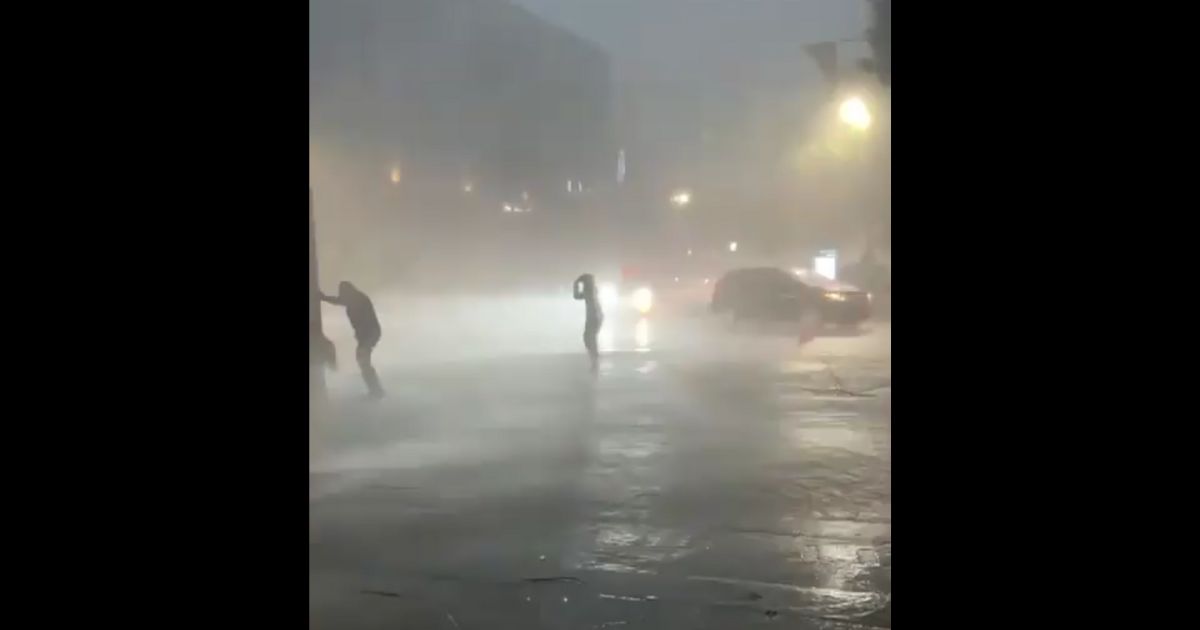Japan issues tsunami evacuation orders following multiple earthquakes
Japan Issues Tsunami Alerts and Orders Evacuations Following Earthquakes
Japan was struck by a series of powerful earthquakes on Monday, causing widespread panic and devastation on the west coast of its main island. The Japan Meteorological Agency reported more than a dozen quakes off the coast of Ishikawa and nearby prefectures, with one of them measuring a preliminary magnitude of 7.6.
Tsunami Warnings and Urgent Evacuations
The agency swiftly issued a major tsunami warning for Ishikawa and lower-level warnings or advisories for the rest of the western coast of Honshu island and Hokkaido, the northernmost main island. Japanese public broadcaster NHK TV urgently warned that towering waves, reaching up to 5 meters (16.5 feet), could strike the coast. They urged people to seek safety on higher ground or the top of nearby buildings as quickly as possible.
Continuous Threat and Rescue Efforts
Even hours after the initial alert, NHK continued to broadcast warnings, emphasizing that the tsunami waves could keep returning. The region also experienced several aftershocks, further adding to the chaos. Government spokesman Yoshimasa Hayashi stressed the critical importance of coastal residents evacuating immediately, stating, “Every minute counts. Please evacuate to a safe area immediately.”
Damage and Uncertainty
As expected, a tsunami measuring approximately 3 meters (10 feet) high hit Niigata and other prefectures along the western coast. At least six homes were damaged, with people trapped inside. A fire broke out in Wajima city, Ishikawa Prefecture, and over 30,000 households lost electricity. While no reports of deaths or injuries had been confirmed at that time, the situation remained unclear. The Japanese military joined the rescue efforts.
Chaos and Disruption
Footage from Japanese media showed people running through the streets, with red smoke billowing from a residential fire. Photos captured the shocking sight of massive cracks tearing through the pavement, as a crowd gathered, including a woman carrying a baby on her back. Bullet trains were halted, sections of the highway were closed, and burst water pipes added to the chaos. Some cell phone services in the region were also affected.
Future Quake Risks and Preparations
The Japan Meteorological Agency warned in a nationally broadcast news conference that more major quakes could strike the area over the next week, particularly within the next two or three days. The agency highlighted the risks of landslides and collapsing houses. Takashi Wakabayashi, a convenience store worker, described the overwhelming demand for supplies, with customers flocking to stock up on essentials.
Regional Impact and International Concern
Tsunami warnings were also issued for parts of North Korea and Russia. Russian officials alerted residents of the island of Sakhalin to the potential impact of the waves along the west coast. In South Korea, the weather agency advised residents in certain eastern coastal towns to remain vigilant for changes in sea levels, as subsequent tsunami waves can be larger than the initial ones.
Government Response and Nuclear Plant Safety
Prime Minister Fumio Kishida announced the establishment of a special emergency center to gather and swiftly relay information to ensure the safety of residents. He reiterated the urgent need for evacuation in affected areas. Despite Japan’s vulnerability to earthquakes, the government spokesperson reassured the public that nuclear plants in the affected region had not reported any irregularities.
CLICK HERE TO READ MORE FROM THE WASHINGTON EXAMINER
Conclusion
Japan, a nation accustomed to frequent earthquakes, faced another devastating natural disaster. The immediate issuance of tsunami alerts and evacuation orders aimed to protect lives and minimize the impact. As rescue efforts continued and the threat of further quakes loomed, the Japanese people remained resilient, united, and determined to overcome the challenges they faced.
What lessons can other countries in seismically active regions learn from Japan’s experience with earthquakes and tsunamis
Japan is no stranger to earthquakes and the devastating tsunamis that often follow. The country sits on the Pacific Ring of Fire, an area known for its seismic activity. Therefore, Japan has implemented strict measures to detect earthquakes and issue timely warnings to its citizens. However, the recent series of earthquakes and subsequent tsunami alerts have highlighted the continual threat that Japan faces, as well as the importance of preparedness and effective rescue efforts.
The Japan Meteorological Agency acted swiftly on Monday when a swarm of powerful earthquakes struck the west coast of the country’s main island. The agency issued a major tsunami warning for Ishikawa and lower-level warnings or advisories for the rest of the western coast of Honshu island and Hokkaido. Public broadcaster NHK TV urgently warned of towering waves that could reach up to 5 meters (16.5 feet), urging people to seek safety on higher ground or the top of nearby buildings as quickly as possible.
Even after the initial alert, NHK continued to broadcast warnings, emphasizing the potential for continuous tsunami waves. The region also experienced several aftershocks, further contributing to the chaos and uncertainty. Government spokesman Yoshimasa Hayashi stressed the critical importance of coastal residents evacuating immediately, highlighting the urgency of the situation.
As expected, a tsunami measuring approximately 3 meters (10 feet) high hit Niigata and other prefectures along the western coast. Damage was reported, with at least six homes damaged and people trapped inside. A fire broke out in Wajima city, Ishikawa Prefecture, and a significant number of households lost electricity. Although no reports of deaths or injuries had been confirmed at that time, the situation remained unclear. The Japanese military joined the rescue efforts to provide assistance and support.
The chaos and disruption caused by the earthquakes and tsunami were evident in the footage captured by Japanese media. People were seen running through the streets, with red smoke billowing from a residential fire. Shocking photos showed massive cracks tearing through the pavement, drawing a crowd’s attention, including a woman carrying a baby on her back. The transportation system was severely affected, with bullet trains being halted and sections of the highway being closed. Burst water pipes added to the chaos, while some cell phone services in the region were also affected.
This recent natural disaster serves as a reminder of the ongoing risk Japan faces from earthquakes and tsunamis. The country has made significant strides in earthquake detection and issuing timely warnings, but there is always room for improvement. It underscores the need for constant preparedness, both at an individual and community level. Regular emergency drills and education on evacuation procedures can make a significant difference in saving lives.
Japan’s experience with earthquakes and tsunamis also serves as a valuable lesson to other countries in seismically active regions. The importance of investing in early warning systems, effective communication channels, and robust infrastructure cannot be overstated. Furthermore, international cooperation and knowledge-sharing on disaster preparedness and response can contribute to minimizing the impact of such natural disasters.
As Japan continues with its rescue efforts and begins the process of recovery and rebuilding, it is imperative that lessons are learned and applied to mitigate future risks. The resilience of the Japanese people and their ability to come together in times of crisis is admirable, but efforts must continue to ensure the safety and well-being of all citizens.
" Conservative News Daily does not always share or support the views and opinions expressed here; they are just those of the writer."





